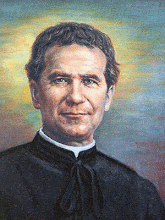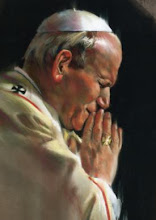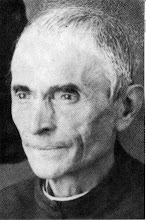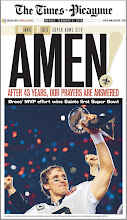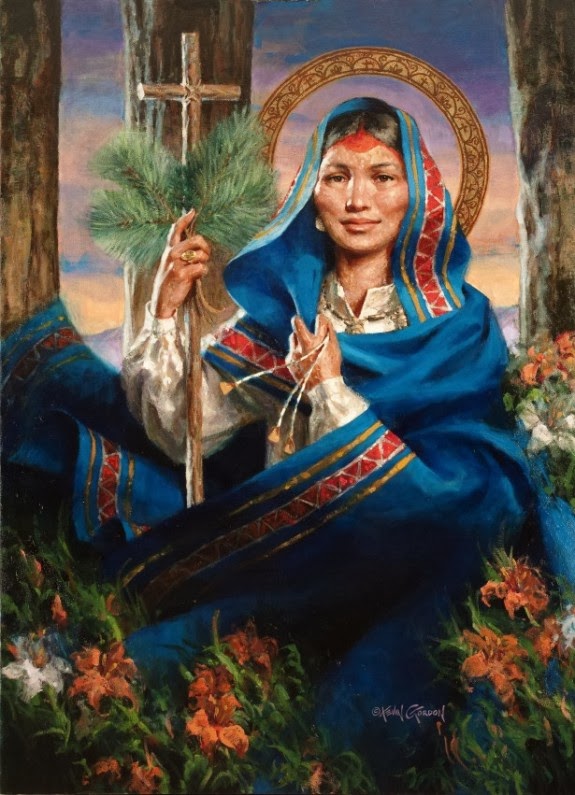“When one reaches the highest degree of human maturity, one has only one question left: How can I be helpful?”
--Teresa of Ávila
--Teresa of Ávila
To be civil and patient with the people with whom we come in contact every day is both the simplest and the hardest thing in the world. But really, who else would we be called to love but the people with whom we’re in immediate contact? How well can we love anyone if we can’t love the people with whom we live, work, and eat?
Recently I was talking to my friend Rita. Rita is married with two children and a husband suffering from terminal cancer. She told me of a get-together she went to, a party to which her kids had been invited. She said, “No one talked to me! I just sat at a table by myself and no-one even said hello!”
In my usual other-directed way, my first thought was: “That is my LIFE. As a single, childless woman, any social situation, I’m on my own. I’malways the odd person out. I always have to make the first move.”
I didn’t say all of that. I did say a little of it before I realized I’d succumbed, one more boring time, to self-pity. The woman’s husband was dying! Could I for once in my life can it?
Still, it did get me to thinking that, as Flannery O’Connor said, “We are all rather blessed in our deprivations if we let ourselves be.”
Because being the odd (wo)man out has trained me to seek out the one person in the room who looks more frightened and alone than me and to go say hello to her. I’m not saying it’s my first thought but it will usually pop up somewhere along the line, just as despair looms. Oh yeah. I almost forgot. Give to others what I would most like myself. To be welcomed. A piece of cake. To be forgiven. For someone to remember my name.
In Matthew 25 occurs the parable of the sheep and the goats, in which Christ says we will be judged on one thing: the kind of love with which we have treated "the least of these." Did we share our food with the hungry, our clothing with the naked? Did we visit the prisoner and the sick person? Did we give the thirsty man a drink of water?
I used to read that and think, “Shoot, if I had real faith I’d sign up to be a candy striper or start a prison ministry in Algiers.” Nowadays I think of the parable more in terms of saying hi to a stranger at a friend’s baby shower, or over the post-Mass donuts and coffee. In the giving, which is never quite free of wanting something for myself and that’s the Cross, get over it, I do receive a gift. Never the gift I wanted. But when you talk to people, you learn things about them. Maybe they’re wearing a crazy hat or have weird teeth or use a turn of phrase—“scared blue”; “weak as a chicken”—that restores your zest for life.
In fact, nowadays I’m thinking that the whole point of the parable of the sheep and the goats may be that if you never leave your little comfort zone, you will have missed out on life. You will have consigned yourself to a living hell: boring, homogenized, safe. Whether you stay at home or go halfway around the world, the parable of the sheep and the goats is about an orientation of heart, a way of life.
Read the rest here.













